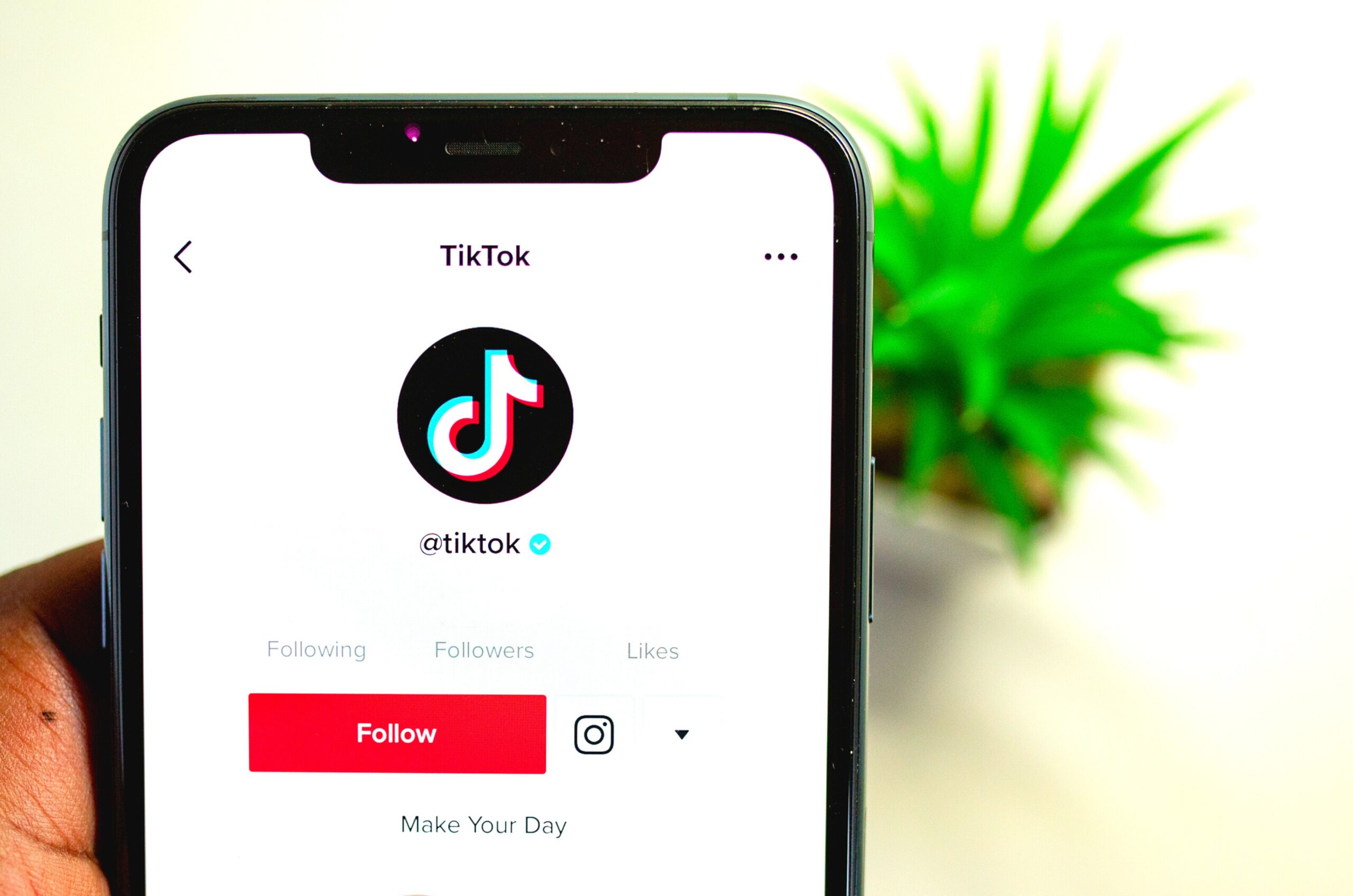Department cites desire to unify management and reward structures
Credit: Kirsty O’Connor/PA Wire/PA Images
The Department for Work and Pensions is to bring its arm’s-length digital services provider back in-house from July 2021 in a move that will effectively create a new digital function for the department.
Simon McKinnon, chief digital and information officer at DWP, said the move to close BPDTS Ltd would “create a single, stronger digital function” that was “greater than the sum of its two parts”. The company’s staff – who currently number around 1,000 – will transfer to DWP and become civil servants.
BPDTS, which is a non-departmental public body – as well as a limited company – was created in 2016 with the sole remit of providing digital and technology services to the benefits department.
The work had been outsourced under various private-sector contracts since the 1990s and the establishment of BPDTS establishment aimed to generate annual savings of £45m compared with the outsourced contracts and provide competitive pay for skilled IT staff – something the civil service struggled to do.
Related content
- DWP in-house IT company narrows gender pay gap as number of female senior managers shoots up
- DWP in-house IT firm BPDTS shakes up management
- DWP in-house IT company BPDTS appoints Loveday Ryder as CEO
BPDTS has grown significantly in size in recent years, with its headcount doubling over the last two years. Its budget has risen steadily too and, and its accounts for 2018/19 showed operating costs of £51.8m – almost £10m higher than in the prior year.
An official “tailored review” of BPDTS’s work, commissioned by DWP and led by Hazel Hobbs, found that the company had been “very successful” in achieving the primary objectives of its original business case and delivered savings of that beat original forecasts.
However, Hobbs’ findings, published this week, reported “strong feedback” about the disadvantages of running dual civil-servant and BPDTS digital teams, with different management, reward and career-development structures.
BPDTS 1,000 staff work alongside the 2,500 officials who are employed directly by the department in its digital function.
The review concluded that as government departments were now better able to “flex their pay and reward offer” to attract staff with the right digital skills, the time was right to create a single digital service within DWP.
“This is an opportunity to shape a fresh vision, operating model and reward structure, building on the innovation demonstrated in BPDTS, allied with the insight and experience of the current DWP teams,” Hobbs said. “In the medium term, we would also expect a redesigned single function for DWP digital and technology services to deliver efficiency savings, compared to the running costs of two distinct organisations.”
DWP’s McKinnon said he had “long been an advocate” of digital professionals from both BPDTS and the department working alongside each other in multi-disciplinary teams – which he described as “leaving your badge at the door”.
“We will continue to do this as we manage this transition, welcoming everyone into a new digital function within DWP,” he said. “Our new digital function will learn from the past, look towards the future and build on the foundations that have already been put into place.”
He added: “This new function will be one of the most significant and important functions in digital government. It will offer unrivalled challenge, career opportunities and development in an inclusive organisation where everyone is valued and welcome.”
‘Super-function’
BPDTS chief executive Loveday Ryder said the organisation had built up a special culture over the past four years that had listened, created opportunities for conversation and had promoted feedback at every level.
“I’m confident that we’ll have opportunities over the coming months to use our cultural journey to help make this new digital function one that feels authentic and truly people-focused,” she said in a blog post. “Now more than ever, digital services need to be quicker, simpler and offer the best user experience possible. I know that continuing to make the most of the digital expertise BPDTS has as part of a new super-function offers a truly exciting opportunity.”
The PCS union said the absorption of BPDTS into DWP meant the services it delivered had now “gone full circle” since the work done by the Information Technology Services Agency, originally part of the Department of Health and Social Security, was privatised.
HP – latterly known as HPE – was the last private-sector holder of the contract before BPDTS was created.
PCS general secretary Mark Serwotka said bringing all government contracts back in-house would be “in the interests of more efficient public services”, as well as improved conditions civil servants.
More than half of BPDTS’s staff are based in Newcastle. Around 180 staff work in Blackpool and a further 120 in Manchester. It also has a presence in Leeds, London and Sheffield.
The model adopted by the DWP in setting up BPDTS Ltd was also followed by HM Revenue and Customs which, in migrating away from long-term outsourcing arrangements with Capgemini and Fujitsu, incorporated RCDTS Ltd.
The 750 employees of the non-profit limited company work alongside the 2,800 civil servants that work for the tax agency in digital and technology roles.
The firm, the majority of whose staff are based in Telford, delivered £73.7m of IT services to HMRC in the 2019 financial year.



